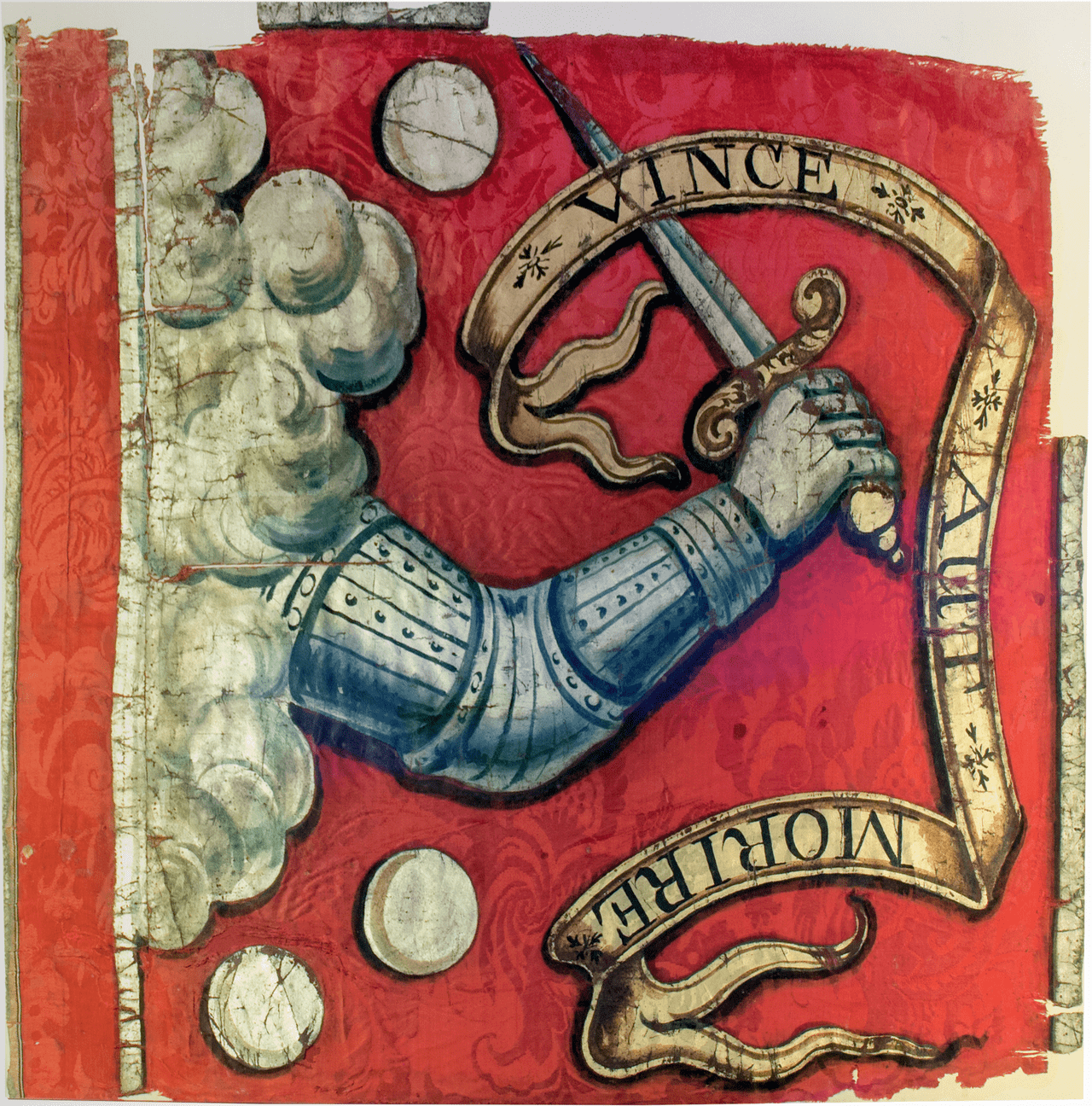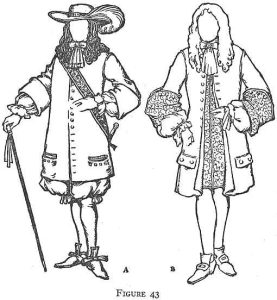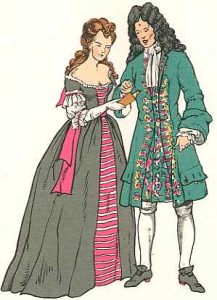Contents

Contents
The Bedford Flag is the oldest surviving flag in the history of the United States.
It is said to have been flown at the Battle of Lexington and Concord in 1775, at the start of the American Revolution. However, the flag was likely created much earlier in the 18th century.
Design and origin
The Bedford Flag is roughly square in shape, with a 4:3 ratio, measuring approximately 27 by 29 inches.
It features a crimson red background, with a soldier’s arm appearing from a cloud, clad in metal armor, and holding a sword. The armored arm was a common symbol of European heraldry in the 17th century, and was commonly used on flags and coats of arms to signify strength in battle, especially the capability of military leaders.
A gold banner is shown with the motto “VINCE AUT MORIRE”, which means “Conquer or Die” in Latin. This was a common war cry in medieval Europe, and is a possible inspiration for the later Patriot motto “Liberty or Death” popularized by Patrick Henry.
The entire design is encased in a gold and black frame, and the flag is painted on silk damask material – a type of woven fabric commonly used at the time. The silk is woven with a pattern featuring leaves, pomegranates, and grapes, and unfortunately the frame has been almost entirely lost due to the edges fraying over time.
On the reverse side of the flag, the design is the same, except the motto reads from bottom to top rather than top to bottom. The hand is mirrored, meaning that the sword is held left-handed, and its tip appears in front of the ribbon, rather than behind it.
It is unclear exactly how old this flag is. When a thread was subjected to spectroscopic analysis in 1999, this identified a type of pigment known as Prussian Blue, which is not known to have existed until 1704.
Usage
The flag was used by the Page family, of the town of Bedford, Massachusetts. It is said to have been carried into the Battle of Lexington and Concord on April 19, 1775 by Nathaniel Page, cornet of the Bedford Minutemen.
The cornet of a militia was its flag-bearer. They used the flag to lead troop movements, taking orders on the battlefield from their captain about where to go. Without their cornet, soldiers would be disorganized and ineffective in battle, which often led flag-bearers to be targeted by enemy soldiers.
Nathaniel hailed from a family of cornets. According to local records, his father, grandfather, and uncle were all cornets in their local militia, going back as early as 1720.
It is thought that the Bedford Flag could have been used as early as this, including in the French and Indian War of 1754-1763. However, no eyewitness accounts exist that corroborate this.
According to Page family lore, on the morning of April 19, Nathaniel and his regiment gathered and the Fitch Tavern in Bedford, one of the oldest buildings in the colony and a common meeting place, to prepare for battle. He then collected the flag from the family home, before marching to North Bridge with the rest of the Minutemen. The Bedford Militia fared well as they first engaged the British, suffering no serious casualties, and the flag continued to be used throughout the battle.
This story, as recounted by Nathaniel’s grandson Cyrus in the late 1800s, is challenged by some historians, because no eyewitness accounts, diary entries, or battle reports mention seeing the Bedford Flag at the Battle of Lexington and Concord. Detailed accounts of the battle were produced by both sides, and if the flag was used by the Bedford Minutemen, in all likelihood there would be evidence to support this.
The Bedford Flag was then kept by the Page family until Cyrus allowed the flag to be used at the centennial celebration of the battle on April 19, 1875. Before his death, he donated the flag to the Bedford Free Public Library.
Today, the flag is housed in a special room at the library, where it can be viewed by the public.
Historical significance
Although it is very European in terms of its design, the Bedford Flag is an iconic piece of American history, as the oldest flag the country has ever known.
Whether or not it was used at the Battle of Lexington and Concord, it is a symbol of the battle, signifying American resilience in what came to be an important showing of strength against the British Army.
The flag was likely the inspiration for the second line of Concord Hymn, a poem written by Ralph Waldo Emerson in 1837.
By the rude bridge that arched the flood,
Their flag to April’s breeze unfurled,
Here once the embattled farmers stood,
And fired the shot heard ’round the world.
The Bedford Flag is now used as the official flag of Bedford, Massachusetts.



